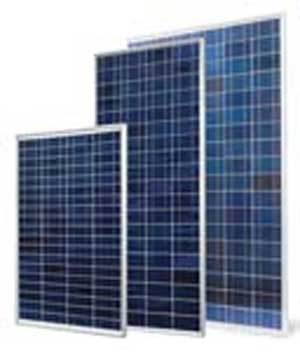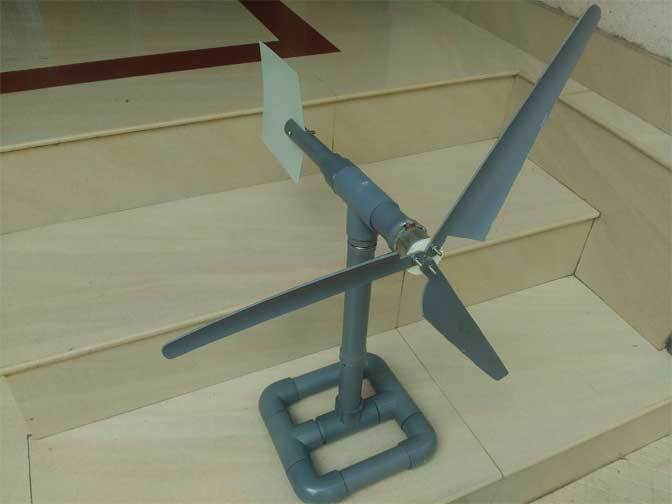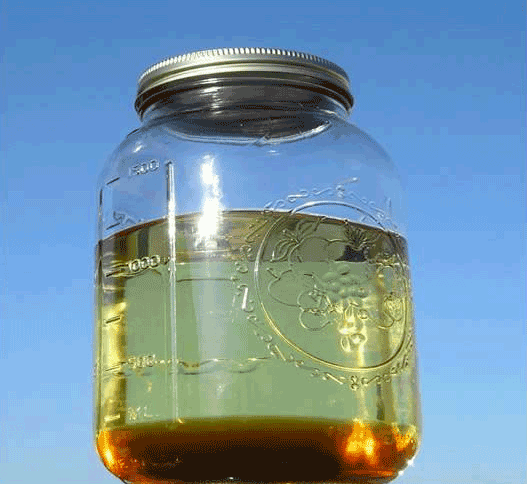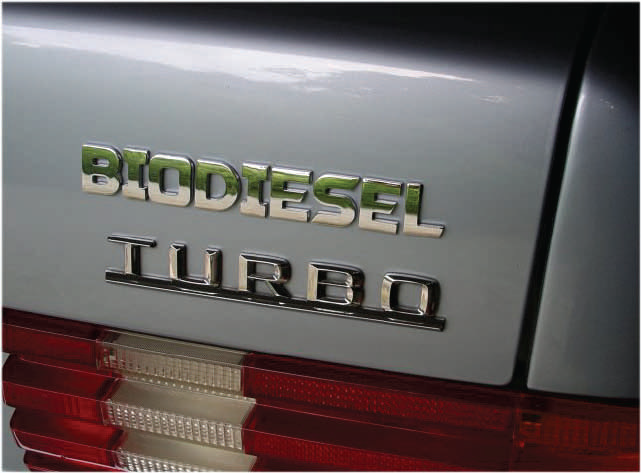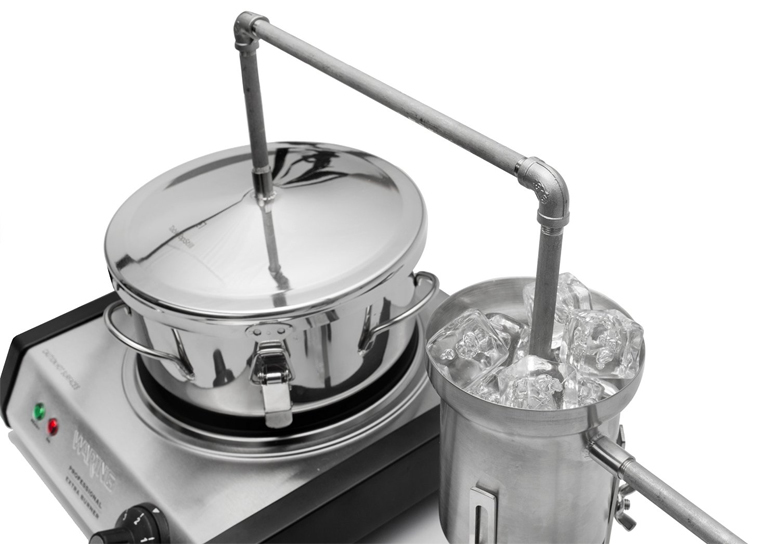Summary: Bioethanol
Benefits and Methods of Making Off Grid BioEthanol
Global warming threats and dwindling fuel resources have led to some interest in using bioethanol as a fuel source. Ethanol is a high-performance environmentally friendly motor fuel which does not produce any toxic emissions.
Clear, transparent and with a distinct taste and odor, it is also the drinkable alcohol and active ingredient in wine, spirits, and beer.

Fermenting and distilling starch or sugar crops like sugarcane, beets, wheat, sorghum, maize, wheat, other grains, cornstalks, fruit and vegetable waste go into making ethanol. You can make ethanol in your backyard and use it to run your vehicles instead of depending on gasoline.
Making Bioethanol
With an additional acre in your backyard, you can grow sufficient amounts of corn to produce sufficient ethanol to power a 17mpg vehicle for 5000 miles, and adequate animal feed for your eggs and chicken. If you grow an acre of sugarcane, you can generate sufficient ethanol for about 15,000 miles.
Corn is also used for making ethanol. A machine grinds the corn kernels and at high temperatures, melts the starch to produce about 2.85 gallons of ethanol for each processed corn bushel.
This process also provides corn fiber, corn oil, gluten and zein, a protein used for manufacturing edible, biodegradable and easily decomposed environmentally friendly plastic containers.
Cellulose or plant fiber found in household waste like paper, cardboard, lawn clippings and sawdust and leftover plant materials like leaves and stalks can be used to make table top ethanol. The cellulose fiber is converted into sugar and then distilled into ethanol.
Insufficient feedstock was the main reason people couldn’t make their bioethanol fuel. However as cellulose grows in everyone’s yards, you can now quickly make fuel using cellulose and thus reduce the amount of waste reaching landfills.
Benefits of table top bioethanol
There are many advantages associated with making bioethanol at home to use as your bio fuel source:
It is a renewable source of fuel which you can make as required by plants. It's thus not a fossil fuel like petrol or diesel, and its manufacture and burning does not increase the world’s greenhouse effect.
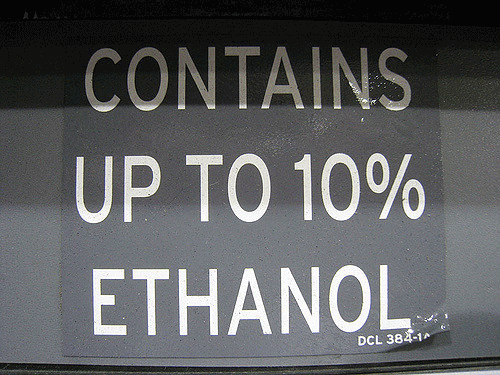
It does helps reduce harmful exhaust emissions and is a cheap and high-octane alternative to other harmful fuel additives. It’s easy using ethanol to fuel your cars as it can be used directly in petrol engines without undergoing any modifications.
Petrol’s octane rating increases by three points, when mixed with ethanol, as the fuel is ‘oxygenated’ to burn more thoroughly. This reduces the amount of polluting emissions like carbon monoxide. In fact, when ethanol burns, it releases water and steam with carbon dioxide and negligible amounts of carbon monoxide.
Hydroponic feedstock growing system
In case you don’t have sufficient feed stock to make enough ethanol, an integrated hydroponic feed stock growing system will provide you with sufficient feed stock. So with a self-contained food and energy system, you can now power the system and your home.
You can create energy using plant waste that is essentially compost. Any bioethanol you don 't use can be sold for an additional revenue source while the ethanol you use provides you with a clean energy source.


